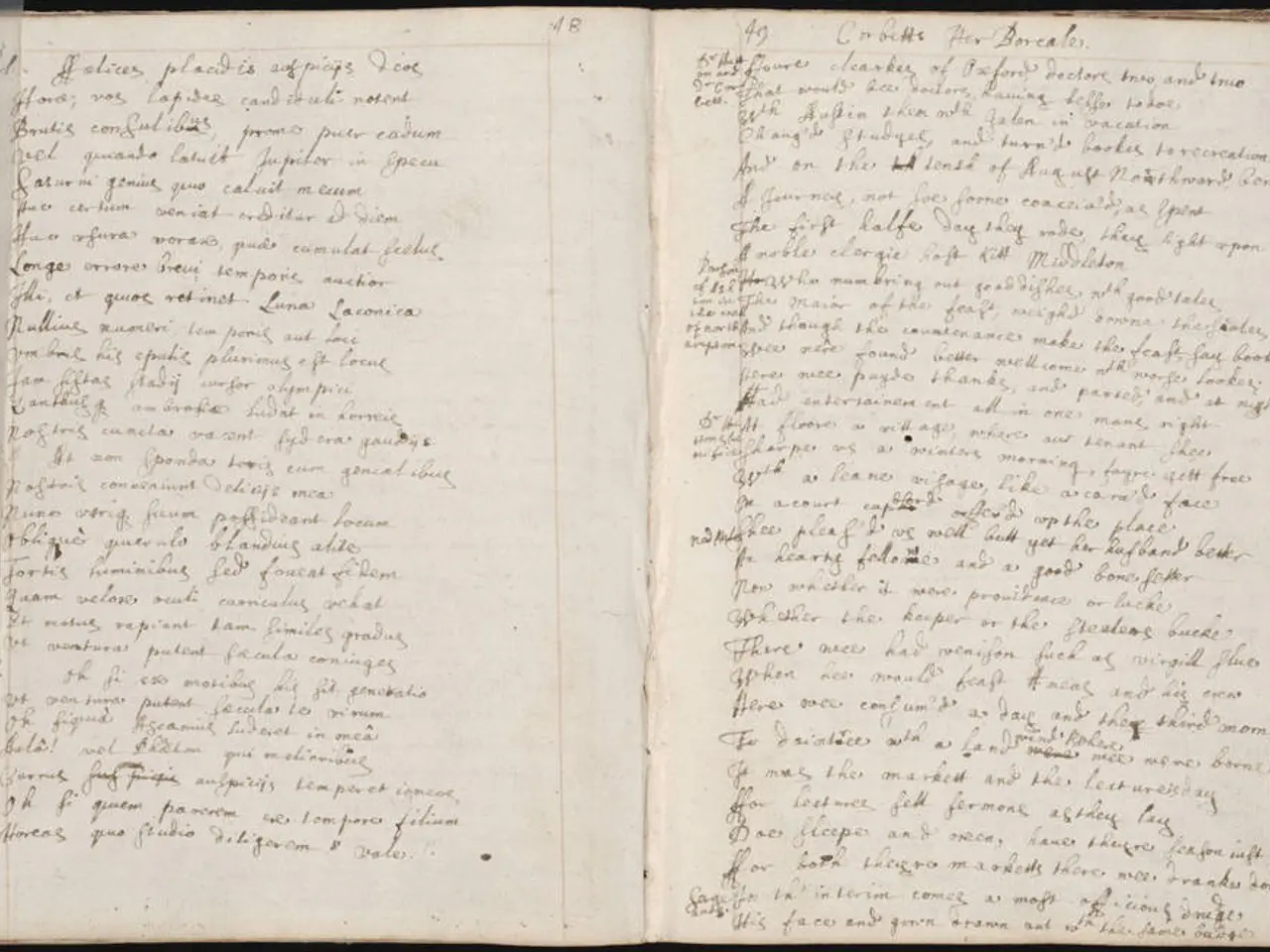Exploring the Labyrinth of Pearson Language Assessments: Insights and Methods
Pearson Language Tests are a significant benchmark for assessing language proficiency in various languages. To excel in these tests, it's essential to understand the test format, practice extensively, manage time effectively, and focus on weak areas. Here are some strategies that can help you succeed in Pearson Language Tests.
Understanding the Test Format
Familiarize yourself early with Pearson Language Tests' structure across speaking, writing, reading, and listening sections and the types of tasks involved. This includes essay writing, summarizing, repeating sentences, and describing images.
Practice Extensively and Strategically
Use official practice materials and mock tests to simulate the test environment. Focus on high-weightage task types such as essay writing, dictation, and summarizing spoken text.
Time Management
Develop your pacing by using timed practice tests. Learn to quickly skim and scan passages, especially in reading and listening sections, to efficiently allocate your time.
Focus on Weak Areas
Assess your strengths and weaknesses early in preparation, then allocate more time to weaker skills. For example, if you struggle with speaking fluency, focus on exercises that improve your pronunciation and articulation.
Utilize Official and Reputable Resources
Use official guides, apps, and a limited number of trusted books to avoid information overload. Professional coaching or online tutorials can also provide helpful feedback and tips.
Develop a Structured Study Schedule
Follow a study plan that progresses from learning exam basics, through task-specific practice, to full mock tests under exam conditions. For example, a 4-week plan balancing foundational skills, focused practice, and mock tests is effective.
Test Day Strategies
Manage stress by simulating exam conditions in practice, get familiar with test logistics, and approach tasks with clear structures (like essay outlines). Concentrate during listening tasks to avoid distractions, and maintain steady pacing to complete all sections within the reduced 2-hour exam duration.
Practice Active Listening
During the listening section, practice active listening by focusing on the speaker's tone, intonation, and emphasis, and taking notes with keywords and essential information. This aids comprehension and recall during question answering.
Organize Your Writing
Organizing ideas cohesively with a clear introduction, body paragraphs, and conclusion during writing tasks can enhance the overall clarity and coherence of your writing. Utilize linking words and phrases to establish logical connections between sentences and paragraphs.
Pearson Language Tests are widely recognized and accepted by educational institutions, employers, and immigration authorities worldwide. By following these strategies, you can improve your confidence and the likelihood of achieving a high score on the PTE exam.
Incorporate education-and-self-development resources, such as official guides and professional coaching, into your study schedule to bolster your preparedness for Pearson Language Tests.
To ensure a well-rounded lifestyle and wholesome approach to test preparation, follow a balanced study plan that combines task-specific practice with active listening techniques and organized writing methods.




